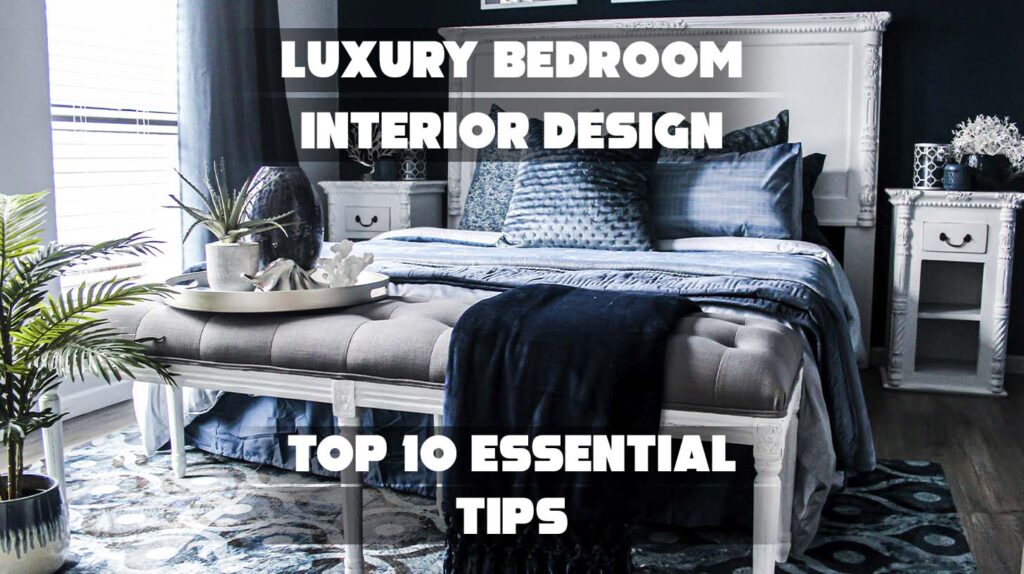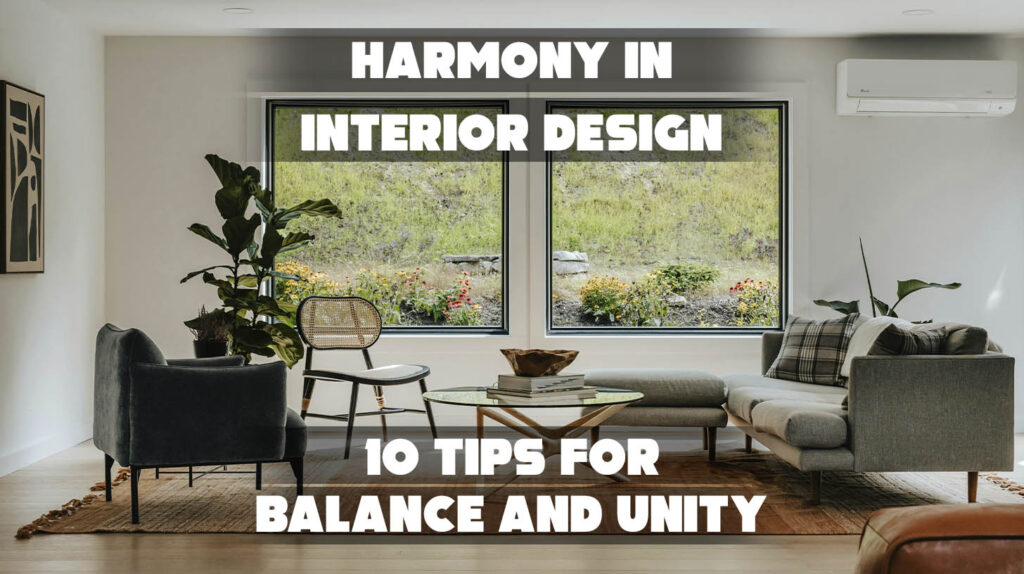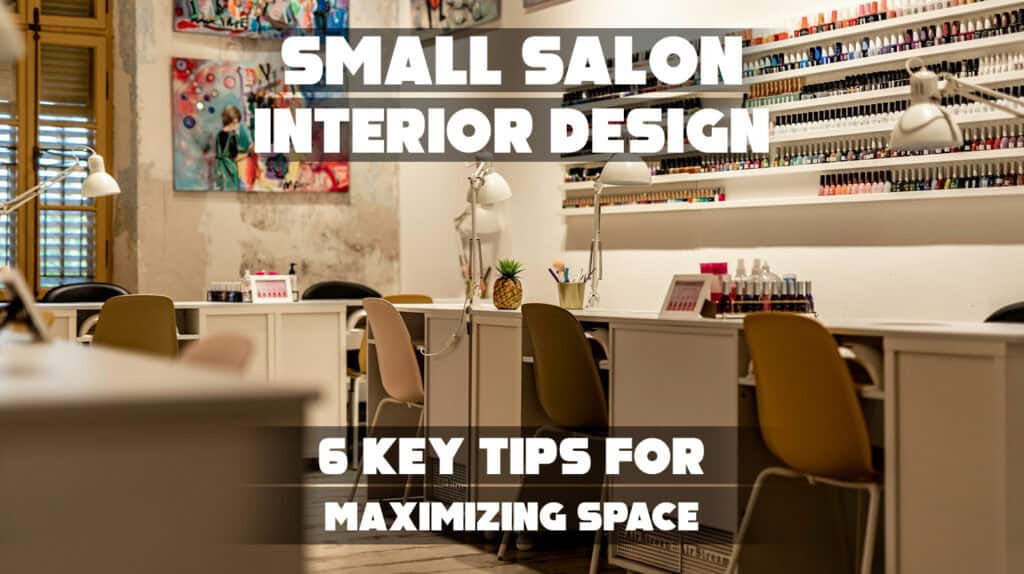Struggling to find a color palette that feels both modern and timeless? If you’ve ever felt overwhelmed choosing the perfect interior scheme, you’re not alone.
As a home design enthusiast, you want a space that reflects your style without going out of trend in a year. That’s where we come in—bringing years of interior design expertise to help you master one of the most versatile shades: gray.
In this article, you’ll discover:
- How to choose the right gray for each room
- Ways to balance light and texture
- Top color pairings and decor ideas
Keep reading to unlock a home that’s sleek, soothing, and stylish—for years to come.
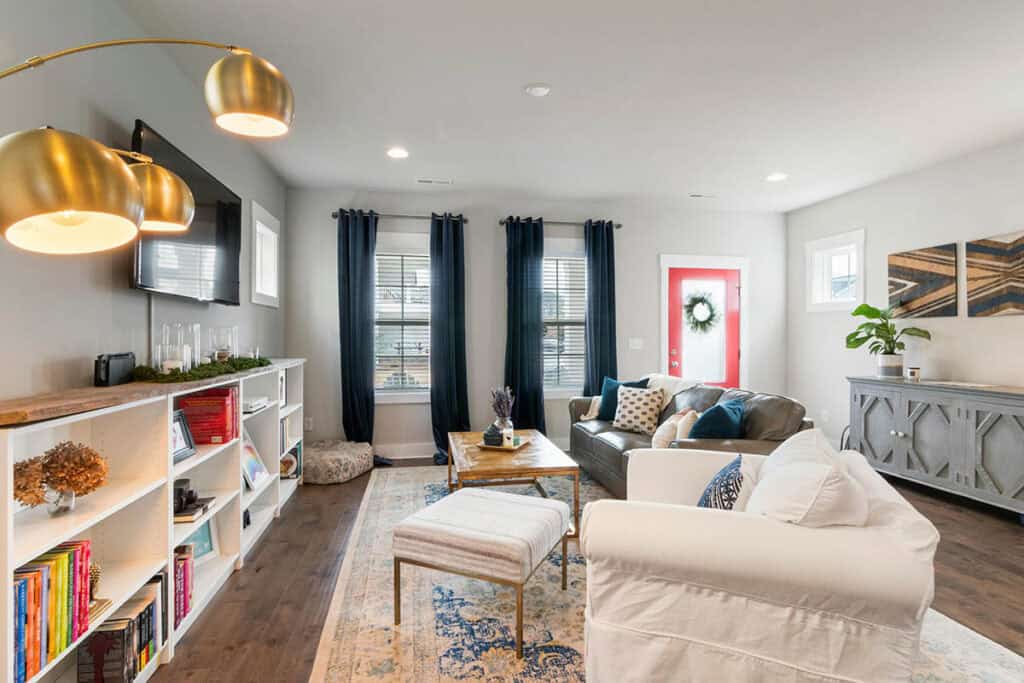
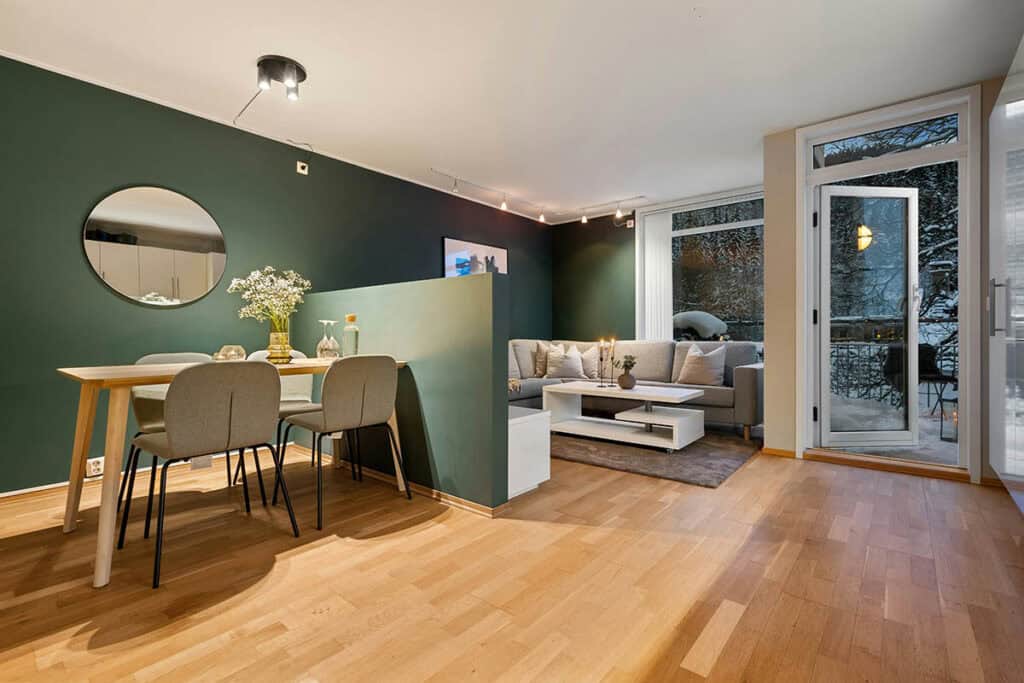
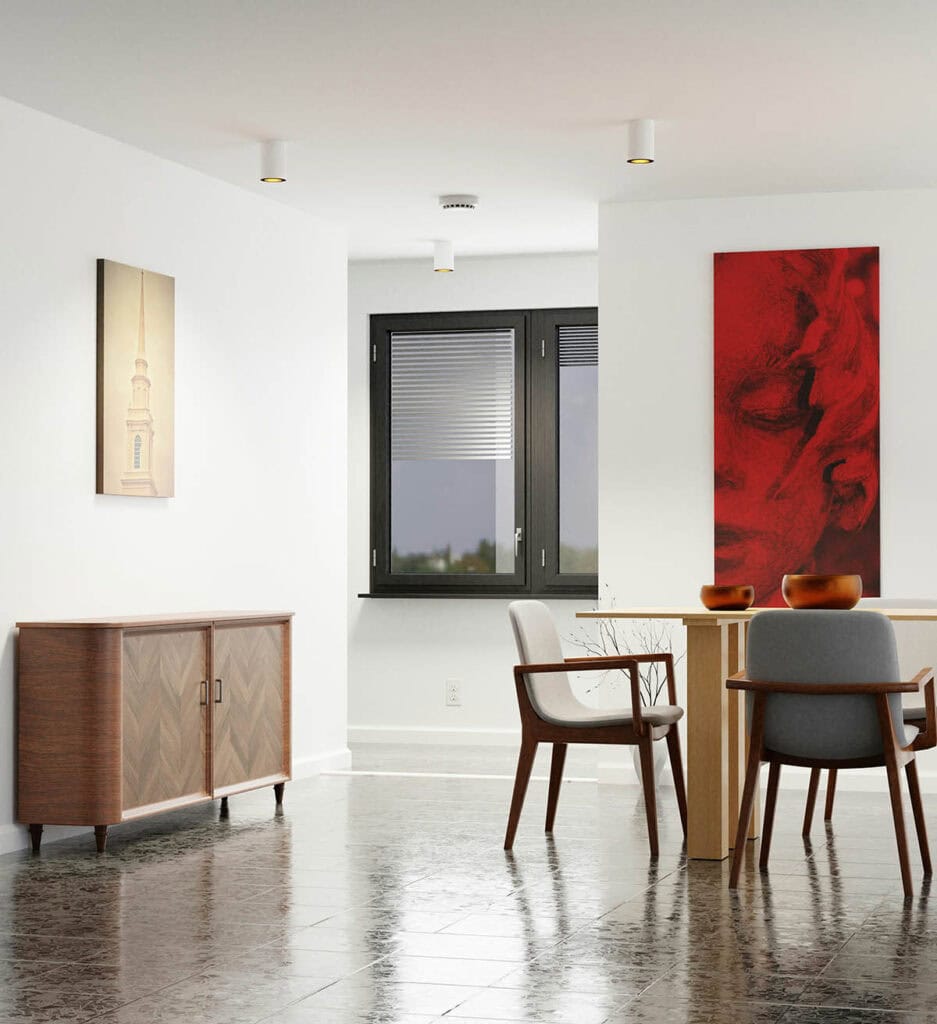
1. Core Principles of Gray Interior Design
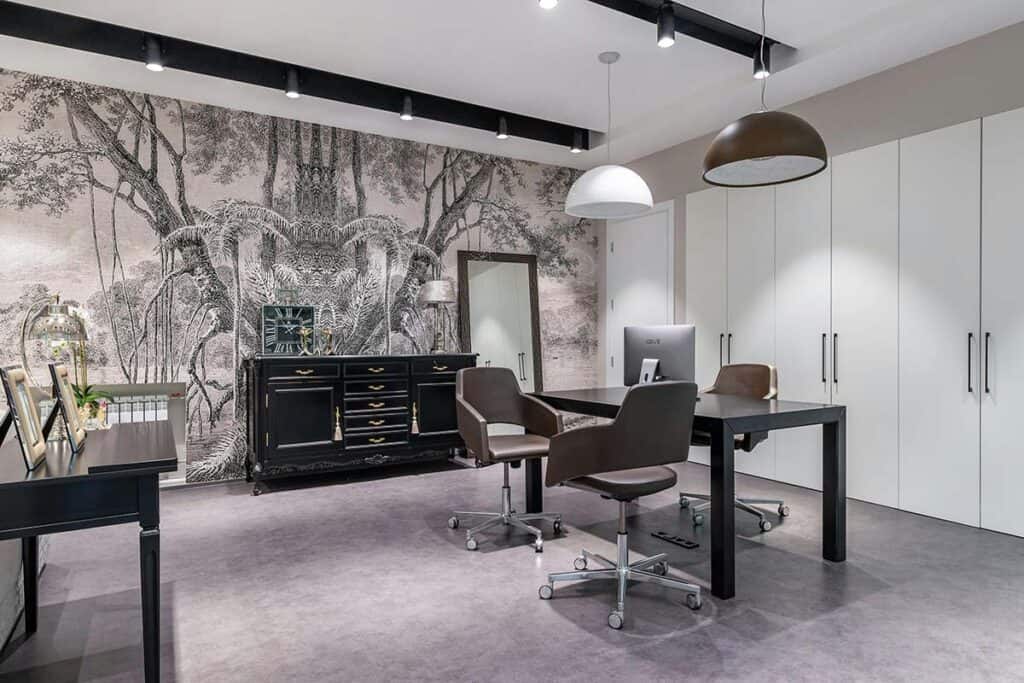
Gray interiors rely on precision in tone selection, light management, and layering to achieve a balanced and inviting space. A careful approach to undertones, lighting conditions, and contrast helps interior designers create rooms that feel fresh yet sophisticated.
Understanding Gray Tones and Undertones
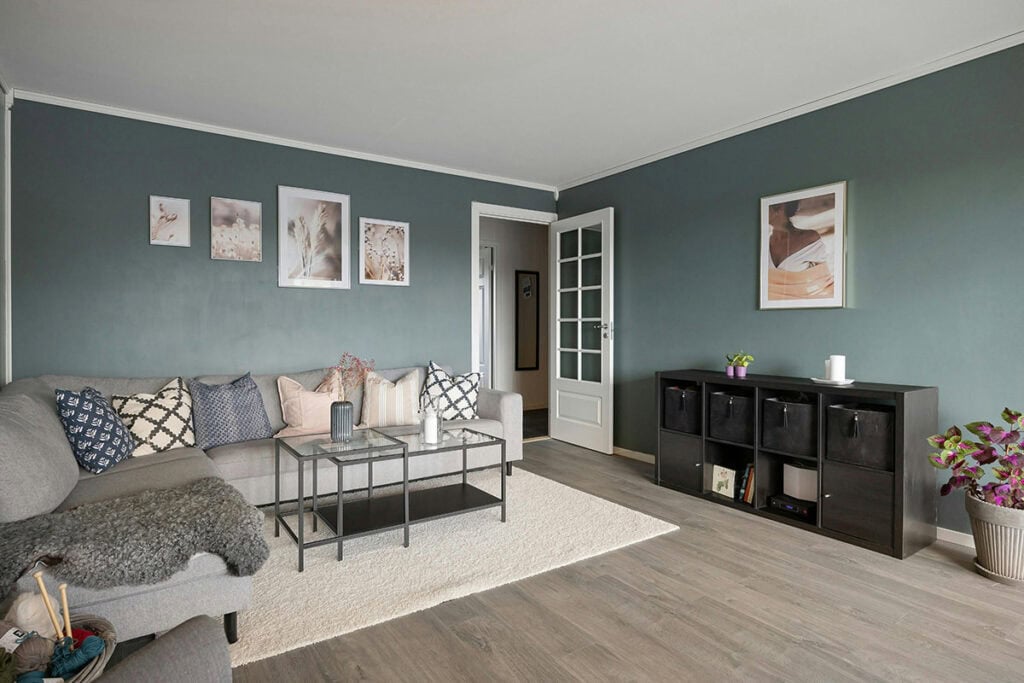
Choosing the right gray involves recognizing subtle undertones like blue, green, or brown that influence the room’s atmosphere. Warm gray with hints of beige works well for cozy living rooms, while cool gray with blue or green undertones suits modern, dramatic spaces.
Light grey walls often serve as a neutral backdrop, but selecting between pale grey and dark grey dramatically shifts a room’s mood. Pale grey opens the space with softness, whereas dark grey adds depth and intensity.
Designers advise testing samples in natural and artificial light to find a gray that harmonizes with existing decor elements like wood or metallics. The chosen gray should complement accents such as bright green or ochre, enhancing rather than clashing.
Balancing Light and Shade
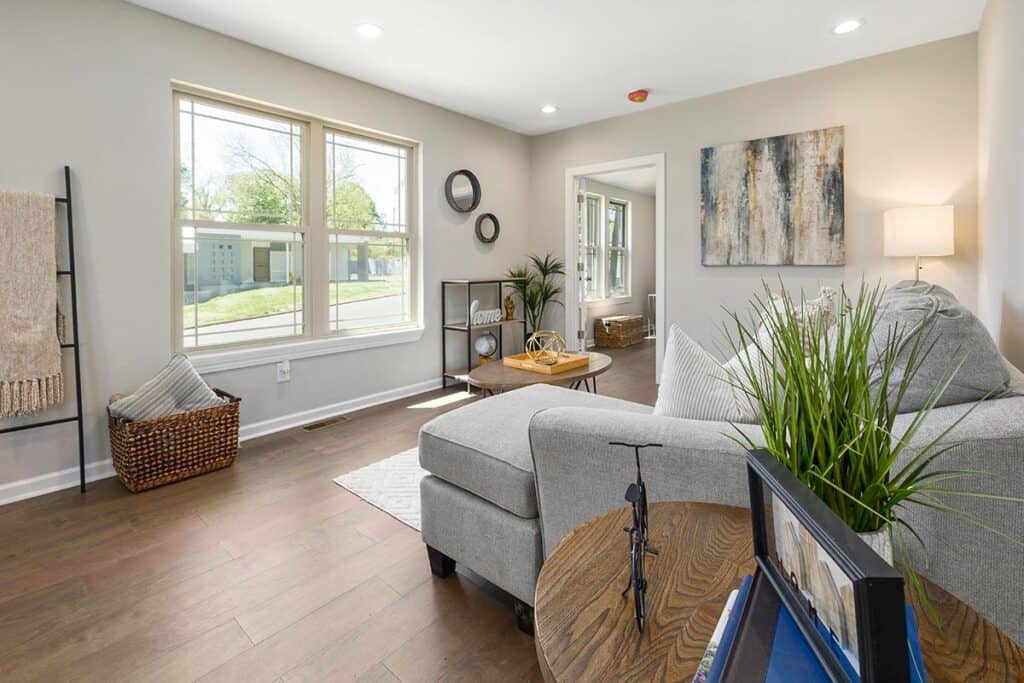
Light plays a critical role in gray interior design, especially with light grey walls. A room facing north or with limited natural light benefits from a warmer gray to avoid looking cold or dull. Conversely, spaces flooded with sunlight allow cooler gray tones, maintaining brightness without washing out colors.
Artificial lighting, such as warm brass fixtures or layered light sources, can soften shadows created by grey walls. Designers emphasize the importance of balancing bright lighting against gray’s tendency to absorb light, preventing the space from feeling too dark.
Adjusting the mix of natural and artificial light helps achieve a fresh look, keeping grey interiors vibrant and not flat.
Creating Depth and Contrast

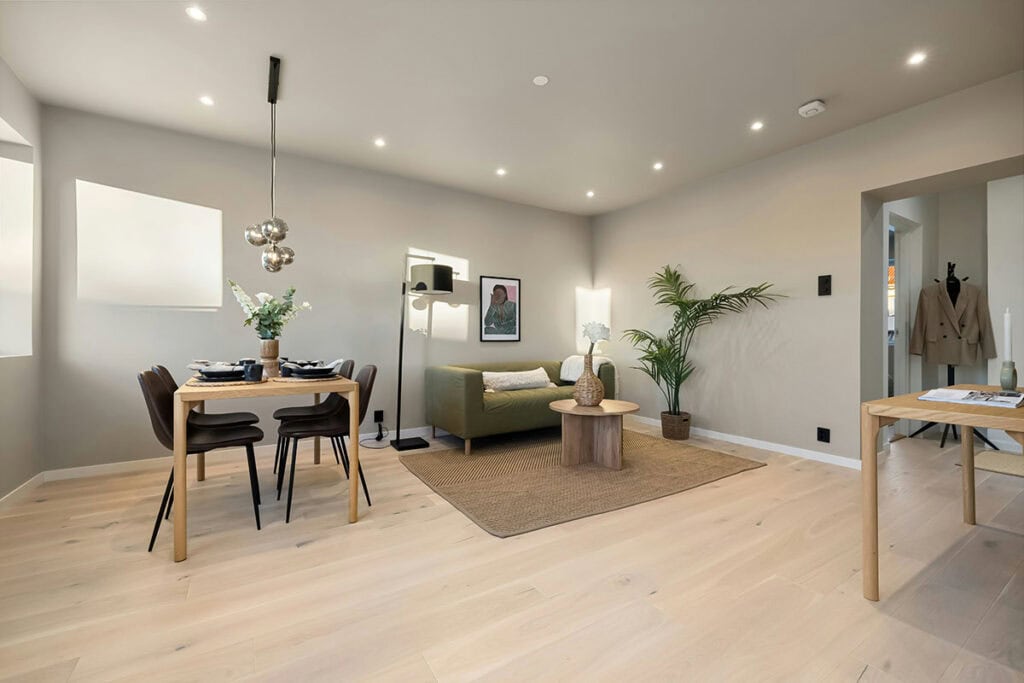
Depth in grey interiors is achieved by mixing different shades and textures. Pairing light grey walls with darker furnishings or accents creates striking contrast that feels intentional and dynamic.
Layering various greys—from soft pale hues to bold dark grey—prevents monotony. Contrast can also come from complementary colors like bright green, which invigorate a neutral palette.
Using tactile materials such as rich walnut wood or antique brass against grey surfaces adds a multidimensional feel. This approach helps define zones within a living room, making it visually interesting without overwhelming the eye.
See also Vertical Lines in Interior Design
2. Color Pairings and Accents In Gray Interior Design
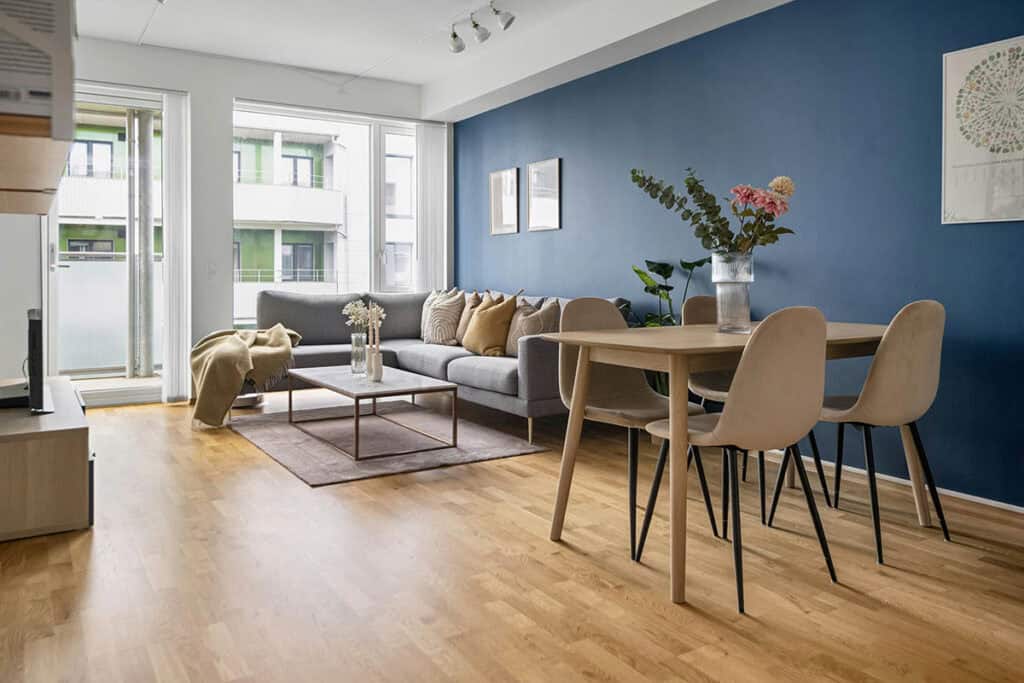

Gray interiors offer a versatile base that adapts well to both subtle and bold design choices. Selecting the right shades and accents can transform light grey walls or dark grey features into compelling spaces. Whether aiming for calm or contrast, the integration of color and texture is essential to add depth and character.
Complementary Color Combinations
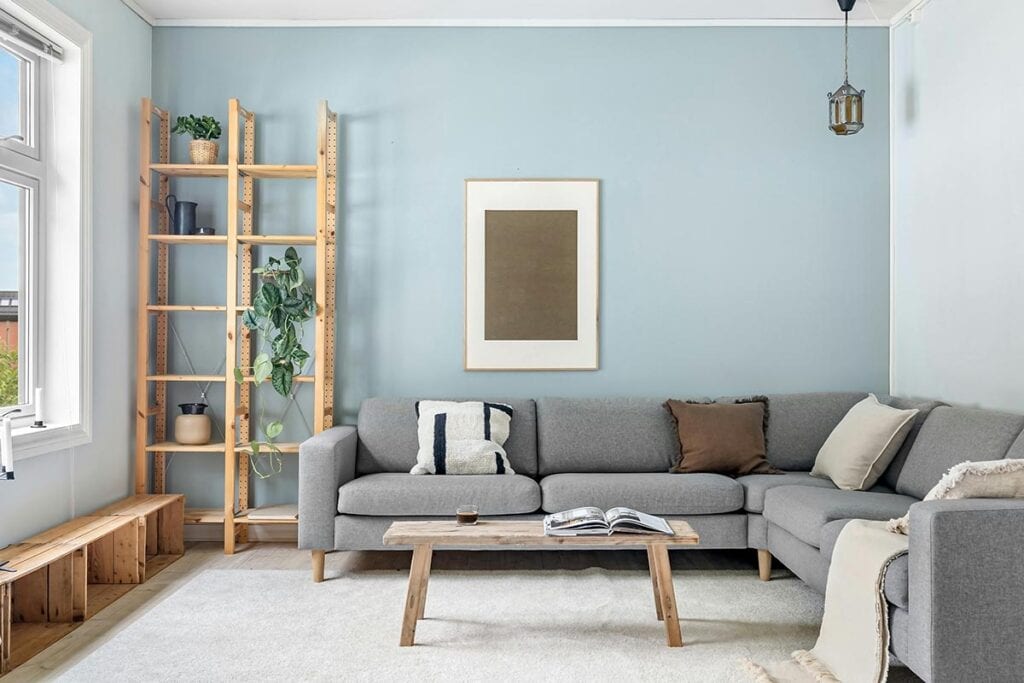
Cool greys pair effectively with blues, greens, and purples to create a calm and sophisticated atmosphere. For example, pale grey walls combined with soft blue or muted teal accents can make a living room feel more open and airy. Warm grey tones invite reds, oranges, and yellows, adding warmth without overwhelming the space.
Using bright green as an accent can provide a striking contrast in an otherwise neutral grey room. Designers often prefer these cooler palettes for modern, minimalist interiors and warmer shades in traditional or cozy settings.
The interplay between cool and warm greys also influences which complementary colors work best, allowing for tailored visual interest.
Incorporating Metallics and Natural Materials
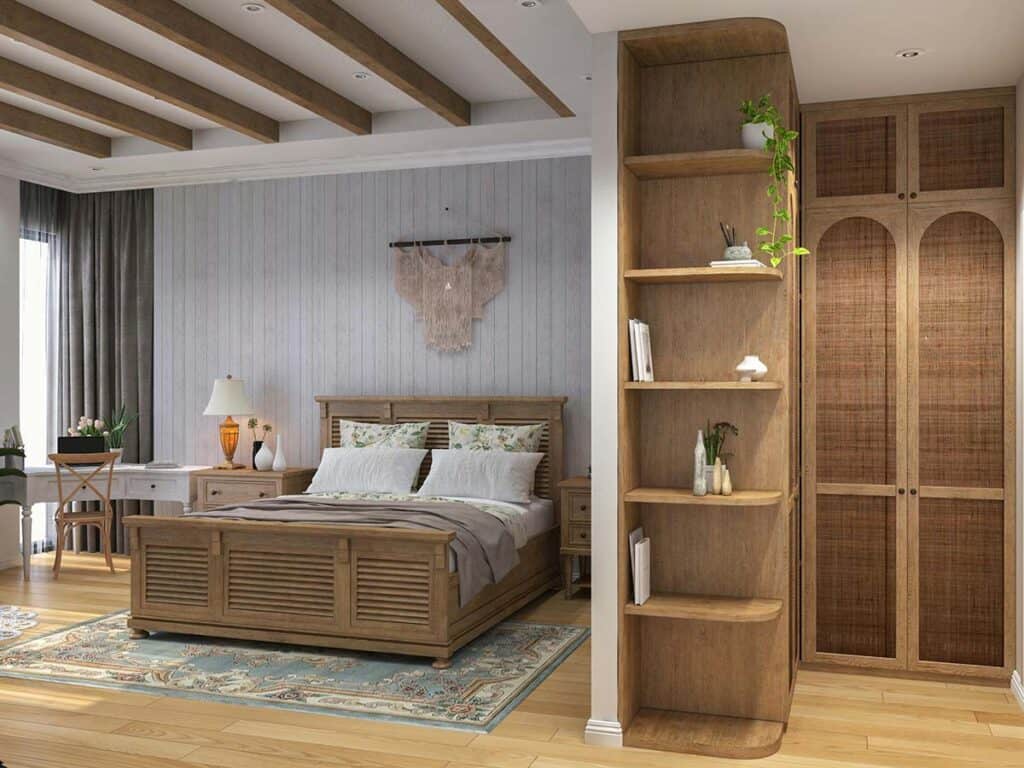
Metallics like brushed nickel, matte gold, or copper enhance grey interiors by introducing subtle shine and texture. These elements create layers of sophistication and reflect light, which is especially beneficial in rooms with pale or light grey walls.
Natural materials such as wood, stone, and woven fabrics complement grey’s neutrality by adding warmth and sensory richness. For example, warm grey hues combined with wooden decor elements—like a coffee table or picture frames—balance the coolness and prevent the room from feeling sterile.
These materials help create inviting and tactile spaces that feel both modern and comfortable.
Accentuating With Bold Pops of Color

Adding bold colors as accents invigorates grey interior design without detracting from its timeless neutrality. Items like throw pillows, rugs, or artwork in deep reds or rich purples can create eye-catching focal points that energize a neutral palette.
Striking contrast with dark grey backgrounds and vibrant tones amplifies visual interest, drawing attention to key decor elements. Interior designers often recommend integrating bold colors sparingly to maintain balance, ensuring the overall space remains cohesive and harmonious.
3. Gray Interior Design in Different Rooms

Gray offers versatility for various rooms by balancing warmth, light, and modern style. Its adaptability allows it to create calm, dramatic, or fresh atmospheres depending on the shade and accompanying decor elements.
Living Rooms
In living rooms, light grey walls provide a neutral backdrop that enhances natural light and pairs well with both warm grey and cool grey accents. Using darker grey furniture or cushions creates a striking contrast without overwhelming the space.
Designers often recommend mixing textures, like velvet or linen, to avoid a flat appearance. Incorporating bright green plants or accessories adds a fresh look and breathes life into the grey interior design.
A living room with pale grey walls and strategically placed dark grey elements feels balanced and inviting. Proper lighting, including both natural and layered artificial sources, is critical to ensure the room doesn’t become too cold or dull.
Bedrooms
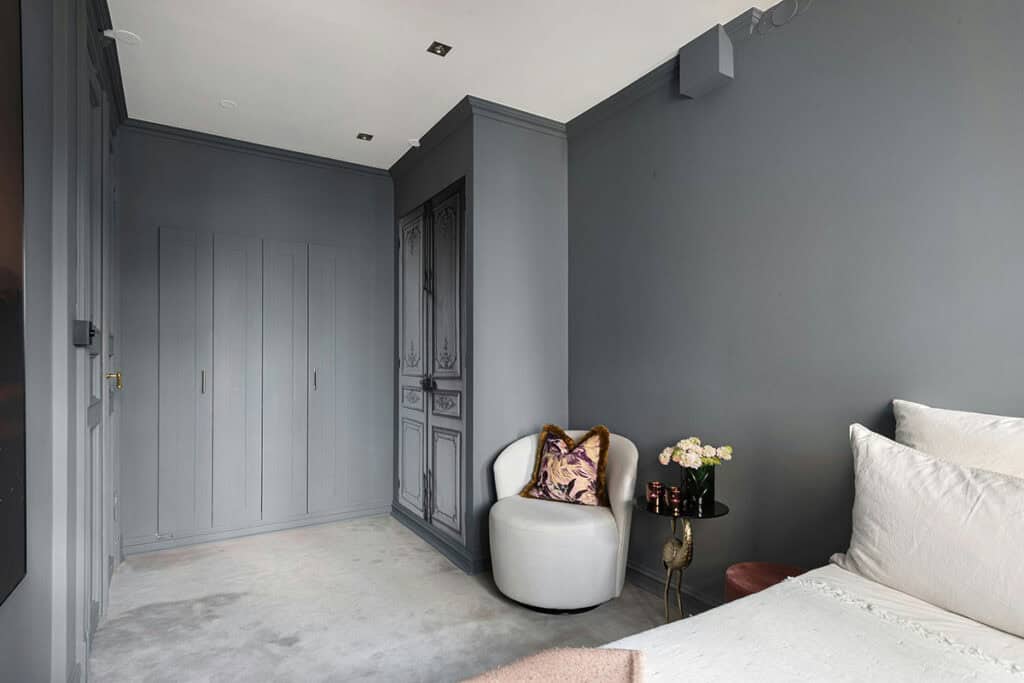
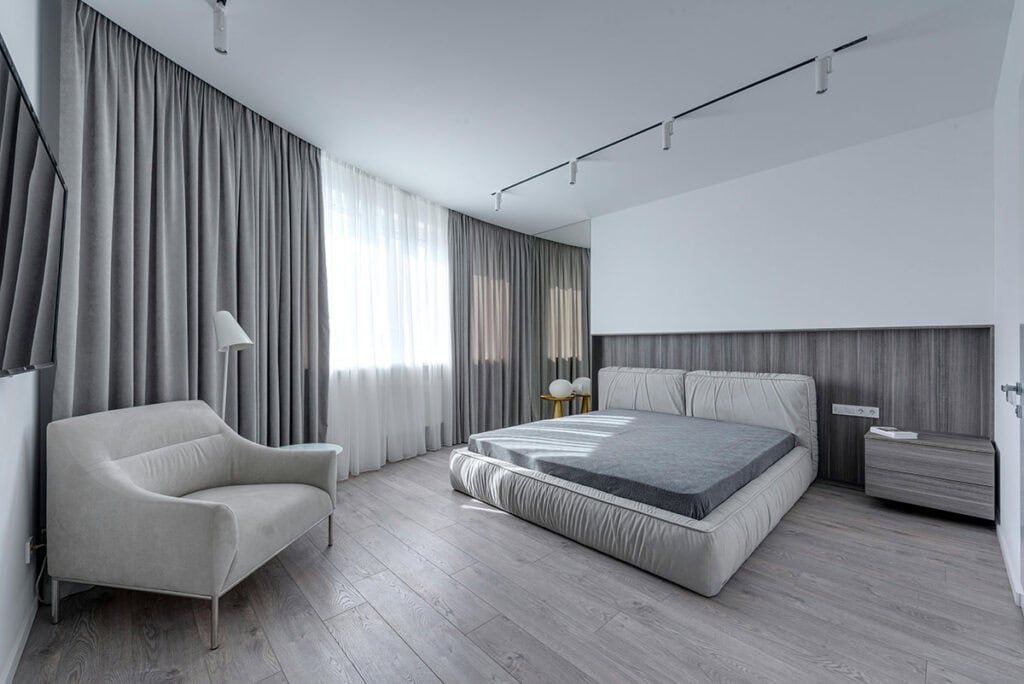
Grey in bedrooms promotes relaxation and restful sleep by offering a calm, neutral setting. Warm grey tones work well here, invoking a cozy and soothing environment without making the room feel too dark.
Light grey walls combined with textured bedding and soft fabrics create comfort and style. Accessories in gentle pastel shades or muted metallics complement grey interiors without clashing.
Cooler end grays are less common in bedrooms but can work when balanced with warm wood tones or layered lighting. The choice of the right grey influences how spacious or intimate the space feels.
Kitchens
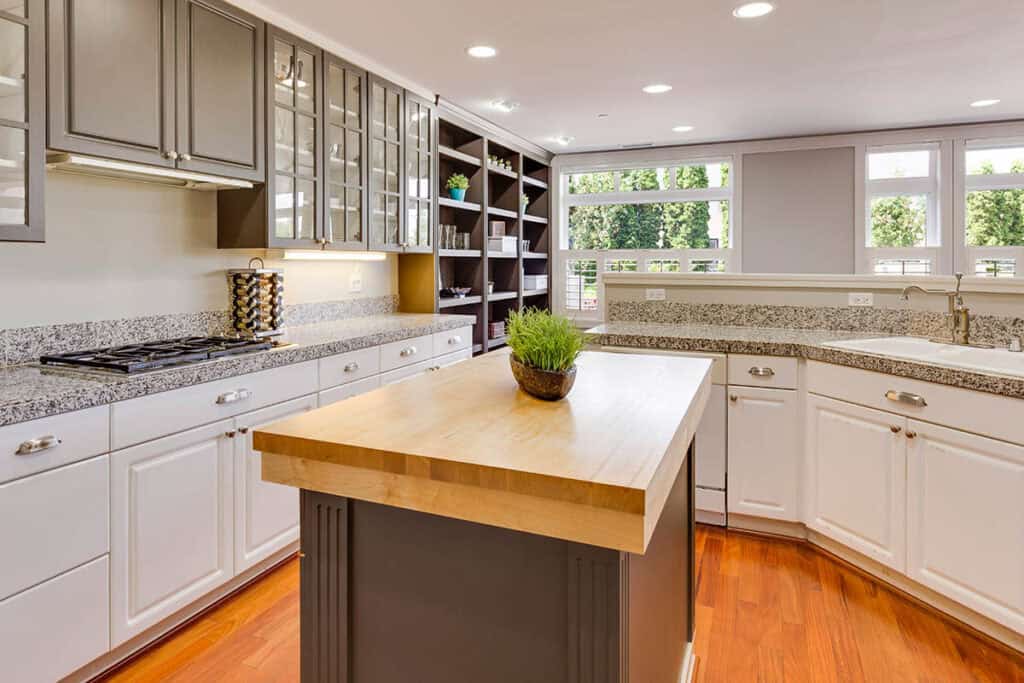
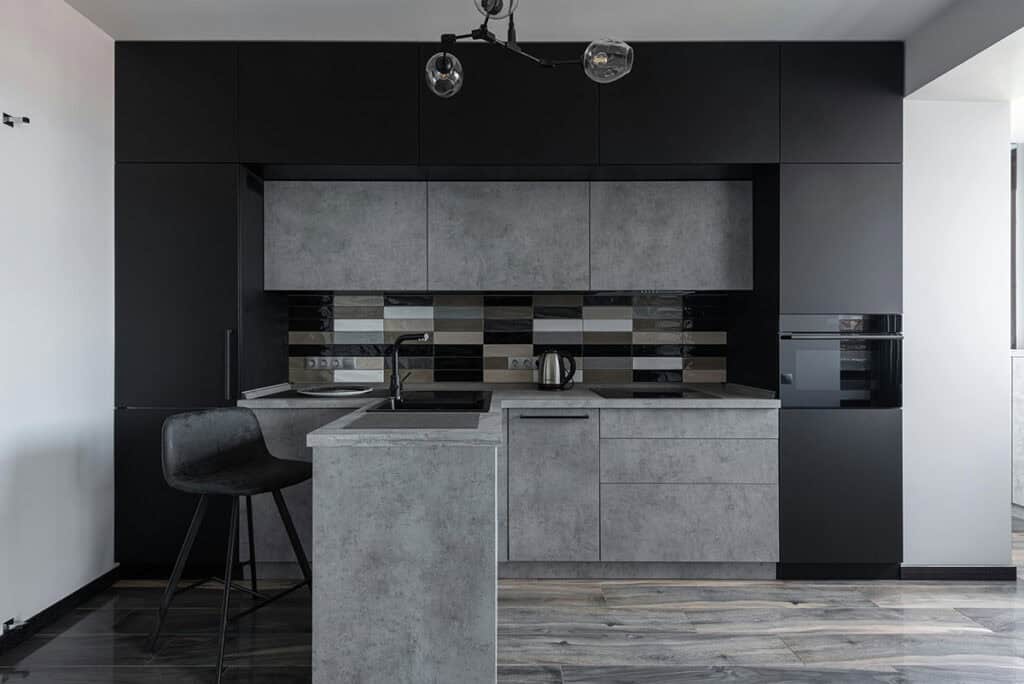
Using grey in kitchens is increasingly popular for a clean, modern appeal. Pale grey cabinetry against white or bright countertops creates a fresh and airy feeling.
Dark grey can be used for kitchen islands or accent walls to add depth and interest without overpowering the space. Grey kitchens benefit from strong lighting so surfaces don’t appear too dull or shadowed.
Incorporating natural wood finishes or colorful fixtures like bright green appliances or decor adds warmth and personality, breaking up monochrome aspects of grey interior design. Practicality and style must be balanced carefully to maintain usability alongside aesthetic.
See also Light Academia Interior Design
4. Furniture and Decor Choices for Gray Interiors Design
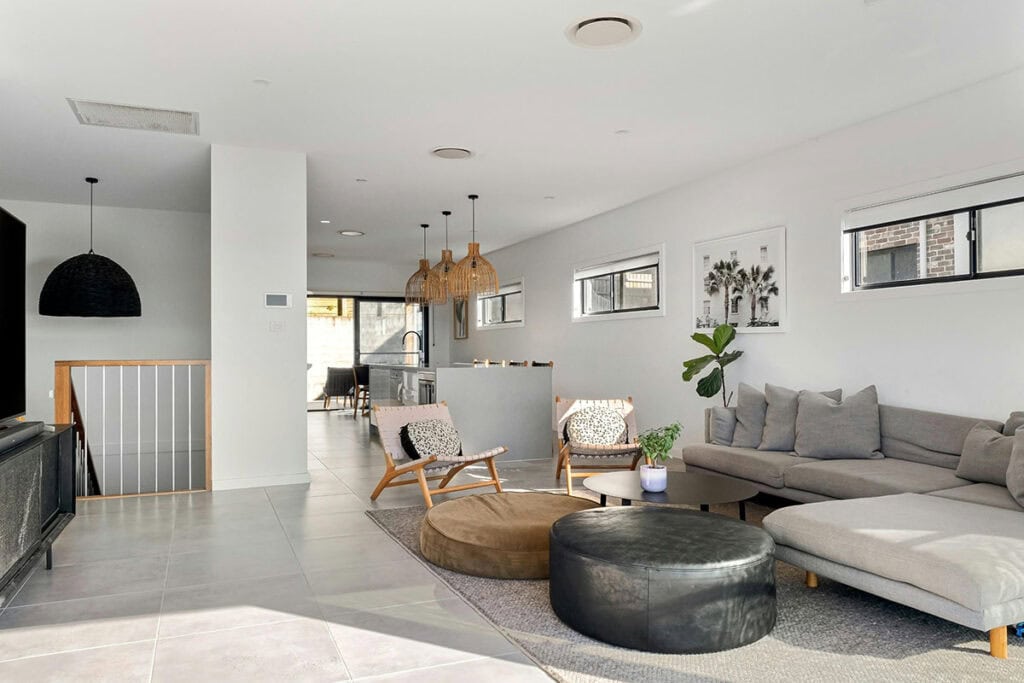
Gray interiors offer a versatile foundation that balances between warm and cool tones. Careful selection of textures, art, and textiles can transform spaces with light grey walls or dark grey accents into inviting, fresh living rooms or dramatic, sophisticated environments.
Selecting Textures and Fabrics
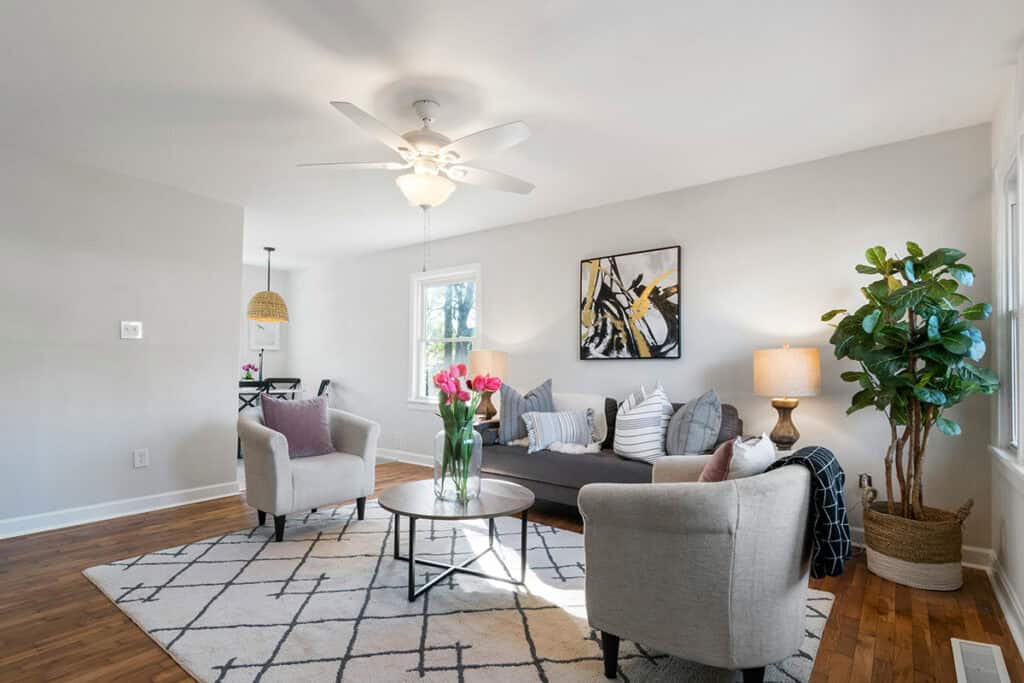
In gray interior design, layering textures is crucial to prevent the space from feeling flat or cold. Mixing materials like velvet, linen, and leather adds depth and tactile interest. For example, pairing a pale grey linen sofa with a warm grey velvet armchair creates subtle contrast while maintaining coherence.
Choosing fabrics with varied finishes also influences perception of warmth or coolness. Matted textiles tend to lean cooler, suitable for light grey or cool grey schemes. Meanwhile, fabrics with a slight sheen can add brightness, preventing the room from feeling too muted. Interior designers often recommend incorporating natural fibers to soften the overall look and keep the space inviting.
Choosing Art and Accessories
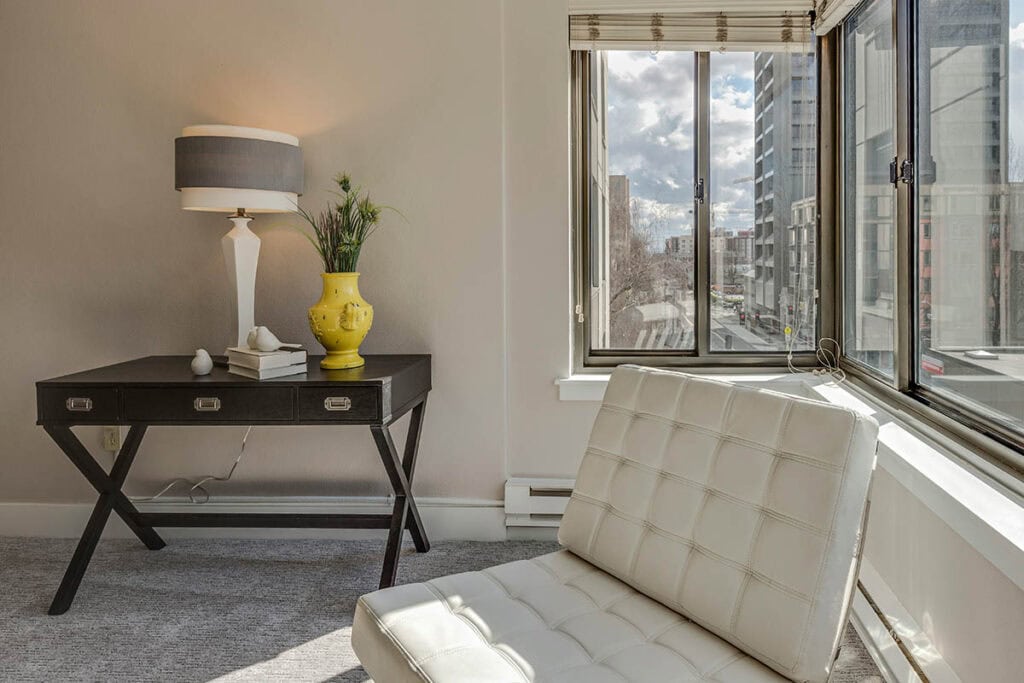
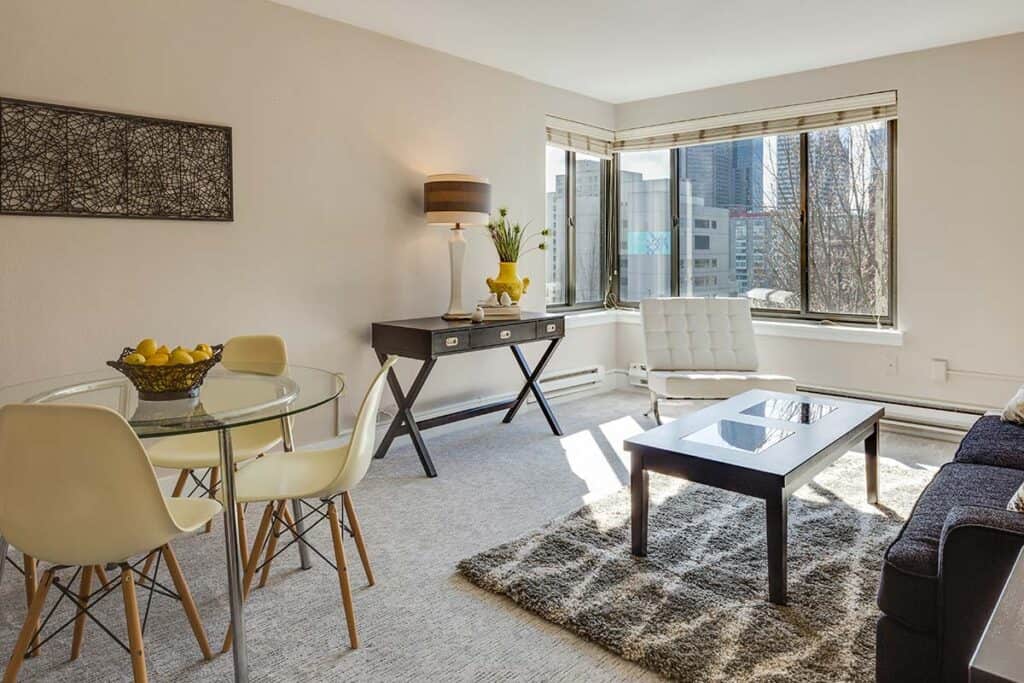
Art and accessories provide opportunities for striking contrast and visual focal points in grey interiors. Bold color accents like bright green or navy blue work well against grey walls to create energy without overwhelming the room.
Abstract art or black-and-white photography complements cooler shades of grey, reinforcing a modern, clean aesthetic.
When choosing decor elements, metallics such as brushed gold or matte black hardware add sophistication. Accessories should be selected to either blend harmoniously or punctuate with contrast, depending on the desired mood.
For example, warm grey tones pair well with earthy ceramics or wood details, creating a balanced and grounded feel.
Using Rugs and Curtains to Enhance Ambiance
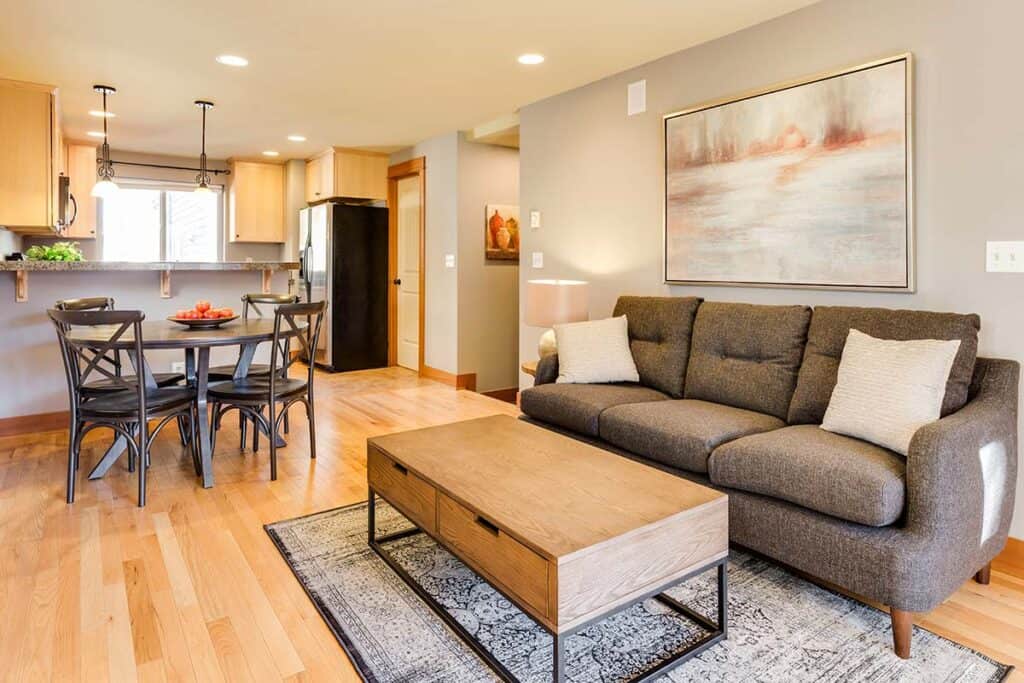
Rugs and curtains in gray interiors serve both functional and aesthetic roles. Opting for textiles with subtle patterns or gradients can introduce softness and movement in a space dominated by solid grey hues. A rug with warm undertones counters cooler greys and helps generate a cozy atmosphere.
Curtains in light or pale grey maintain brightness and openness, especially when rooms have ample natural light. Darker grey drapes can frame windows dramatically but should be balanced against other lighter furnishings to avoid a gloomy effect.
Both rugs and curtains contribute to defining living room zones while enhancing color temperature and texture variety.
5. Trends and Future Directions in Grey Interior Design
Gray remains a versatile color in interior design but is evolving in its application. Instead of dominating entire rooms, designers are incorporating smaller gray accents paired with richer, warmer tones such as brown, brass, olive green, and ivory. This creates more layered and inviting spaces.
The future of gray leans toward softer, toned-down shades rather than stark or cold grays. These muted variations act as subtle backdrops that balance stronger colors and textures without overwhelming the space.
Warmer neutrals like beige are gaining popularity as alternatives but gray still holds value for its neutrality and adaptability. Many see gray as part of a broader palette that includes softer, more natural hues rather than a standalone feature.
Typical applications include gray-washed wood furniture, textiles, and small décor pieces. This approach allows designers to maintain gray’s crispness while avoiding monotony or a sterile feel.
Designers also favor combining gray with warm metals like brass, which adds depth and contrast. Integrating natural elements with gray tones helps soften the overall aesthetic and supports trends toward more organic, lived-in interiors.
Gray interior design: A Recap
Grey interior design continues to stand out for its versatility, elegance, and timeless appeal. Far from being dull or sterile, it offers a sophisticated foundation that adapts to both modern and traditional styles.
By carefully selecting tones, layering textures, and balancing light, designers can transform gray into a powerful design tool that enhances comfort, contrast, and character.
Whether it’s a serene bedroom, a sleek kitchen, or a cozy living room, gray remains a smart and stylish choice. Embracing subtle variations, natural materials, and complementary accents ensures that gray interiors remain fresh, inviting, and ever-relevant in evolving design trends.




